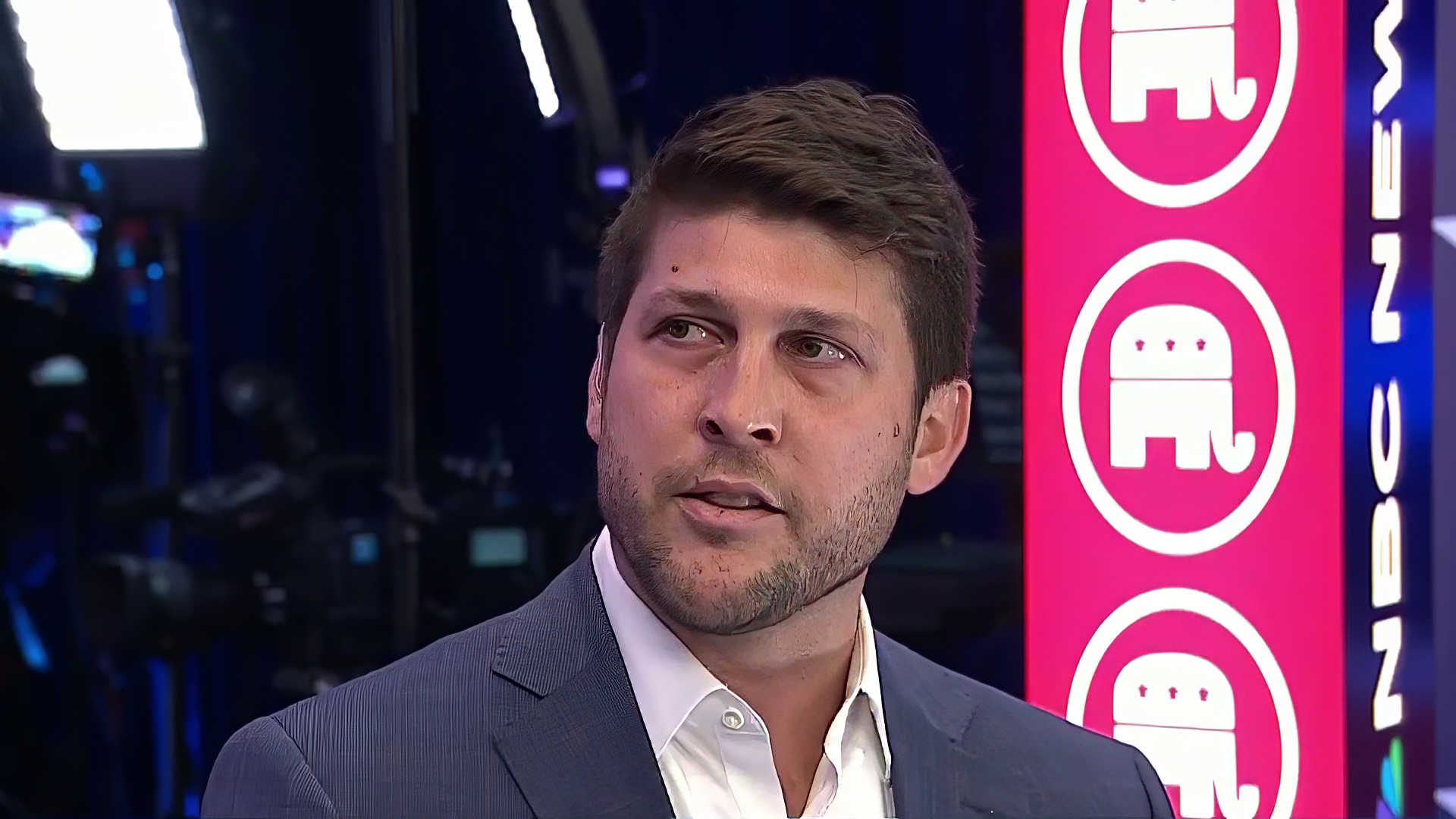The debate surrounding online age verification is mired in finger-pointing, blame, and polarization — articles dissect how to implement it, who should be responsible, and which tech giant is shifting responsibility to another. But amid all this noise, the core question is lost: What do children need to stay safe online?
Protecting children online isn’t about assigning blame or catering to corporate interests. It’s about ensuring children are better shielded from harm in a digital world. Just as we prioritize their safety in the physical world, we must do the same in the online spaces they inhabit—because today, online life is real life.
In 2024, the Florida Legislature courageously began protecting our children after years of relying on big tech’s voluntary measures to safeguard kids online.
SB 1438 by Sen. Erin Grall and HB 931 by Majority Leader Tyler Sirois present a clear path forward in taking the necessary steps to protect our children. These essential bills allow us to hold companies that serve as gateways to the internet for our children accountable. Under these measures, device manufacturers, operating systems, app stores, and online platforms all share responsibility for safeguarding children.
The requirement is straightforward: devices must verify age, and the apps and websites children visit must recognize and act on that age signal following the law. These bills also empower the Attorney General to enforce accountability across all involved stakeholders, leaving no room for loopholes.
Consider this: Every online experience begins with a device. That device, powered by an operating system, leads to app stores and web browsers, which, in turn, provide access to apps and websites. Just a handful of companies control these pathways, influencing the entire ecosystem of online destinations. To protect children, these gatekeepers must fulfill their role. Excluding websites and apps from accountability would be a mistake, but leaving out device manufacturers, operating systems, and app stores would be equally shortsighted. True accountability and improved child safety must include every link in the chain.
Device-based age verification offers the most effective, universal solution. It works across companies, platforms, and standards while providing the strongest privacy and security protections for all users, not just children.
Without robust age verification, we cannot adequately protect kids. The alarming statistics evidencing harm to children online indicate that our kids cannot wait. Instead of fixating on which companies should bear the responsibility, let’s focus on what children need. Accountability is key, and the time has come to establish accountability for the companies children interact with on the internet.
The tech industry has had years to address this issue, and while there has been progress, we still have a long way to go. Children deserve a solution that works and prioritizes their safety. We need a solution that is not just words on paper but creates actual accountability.
Device-based age verification is that solution. It is effective, comprehensive, and respects user privacy while offering the highest level of protection. It is time to move beyond the blame game. Instead of pitting companies against one another, we must hold all of them accountable. These new laws do just that, ensuring that every company—from device manufacturers to online platforms—shares the responsibility of protecting children.
The time to take the next step has arrived, and the cost of inaction is too high. I urge every Legislature member and the entire community to collaborate with Sen. Grall and Rep. Sirois in their efforts to protect our children and create accountability for those who control the internet. Let’s drown out the noise, finger-pointing, and bickering and create a common-sense, technically sound solution. Our children depend on all of us.
___
Bob Cunningham is the director of Policy Engagement for the International Centre for Missing and Exploited Children and a lifelong educator.
Post Views: 0

 Entertainment8 years ago
Entertainment8 years ago
 Politics8 years ago
Politics8 years ago
 Entertainment8 years ago
Entertainment8 years ago
 Entertainment8 years ago
Entertainment8 years ago
 Tech8 years ago
Tech8 years ago
 Tech8 years ago
Tech8 years ago
 Politics8 years ago
Politics8 years ago
 Tech8 years ago
Tech8 years ago









